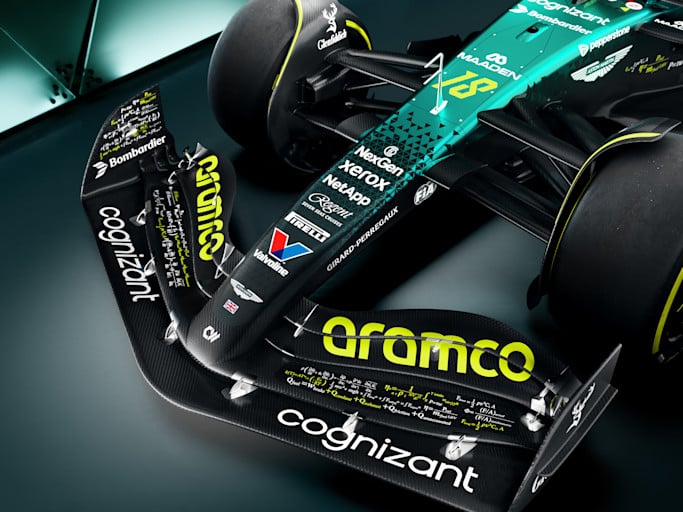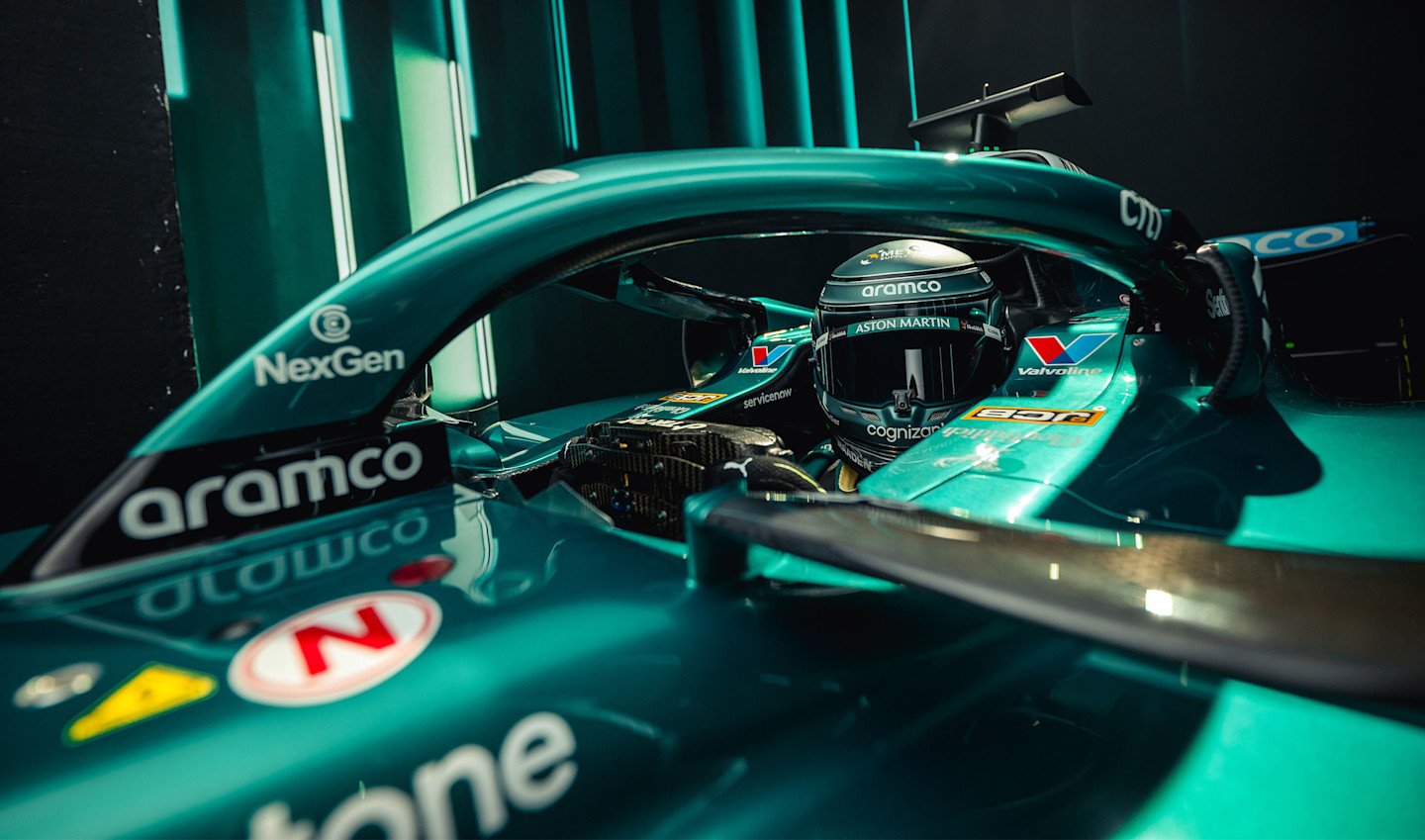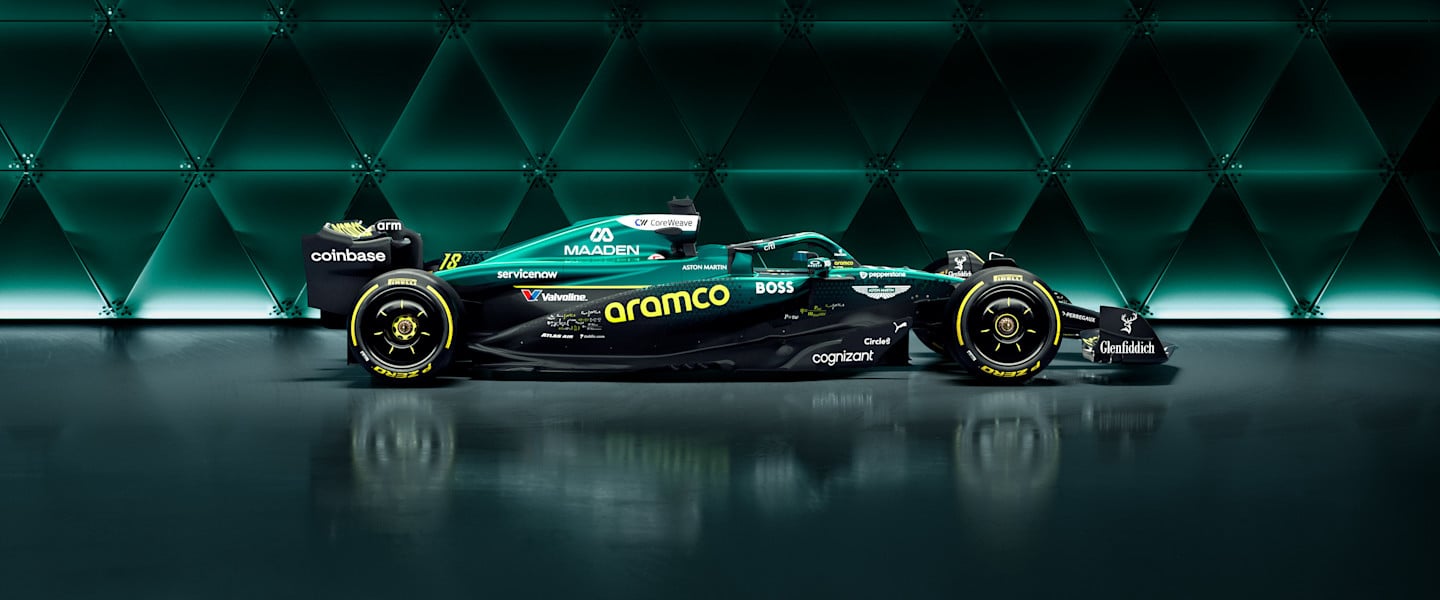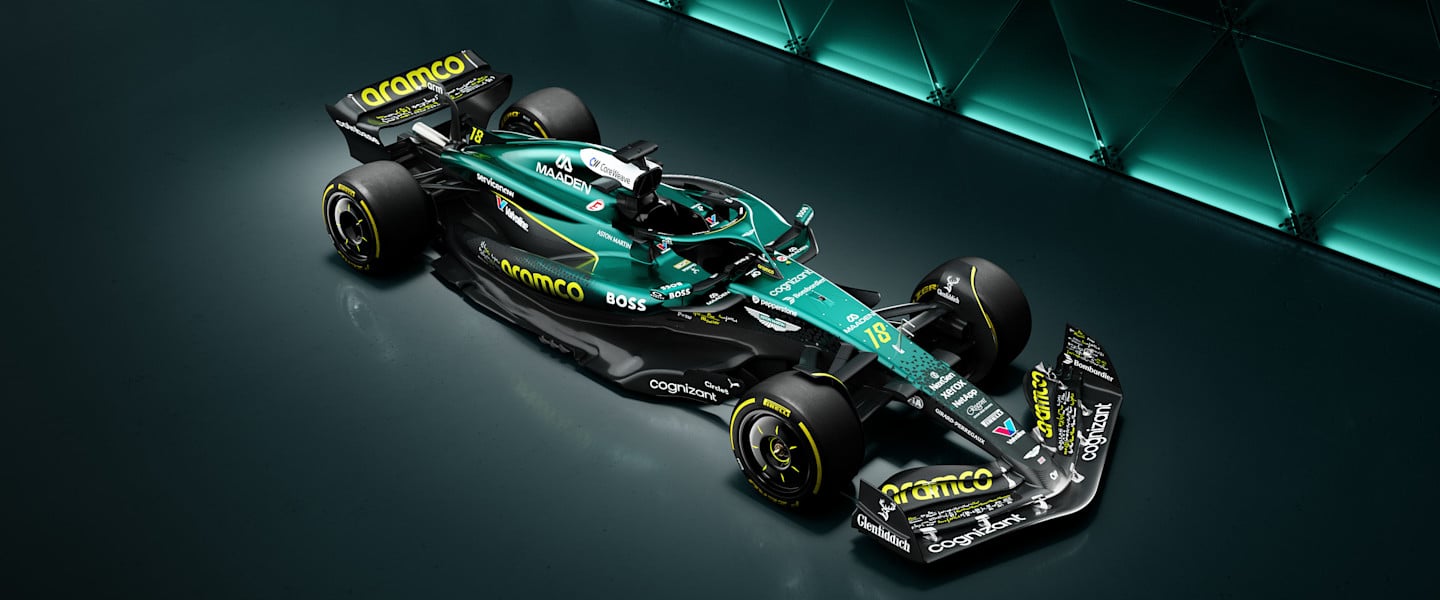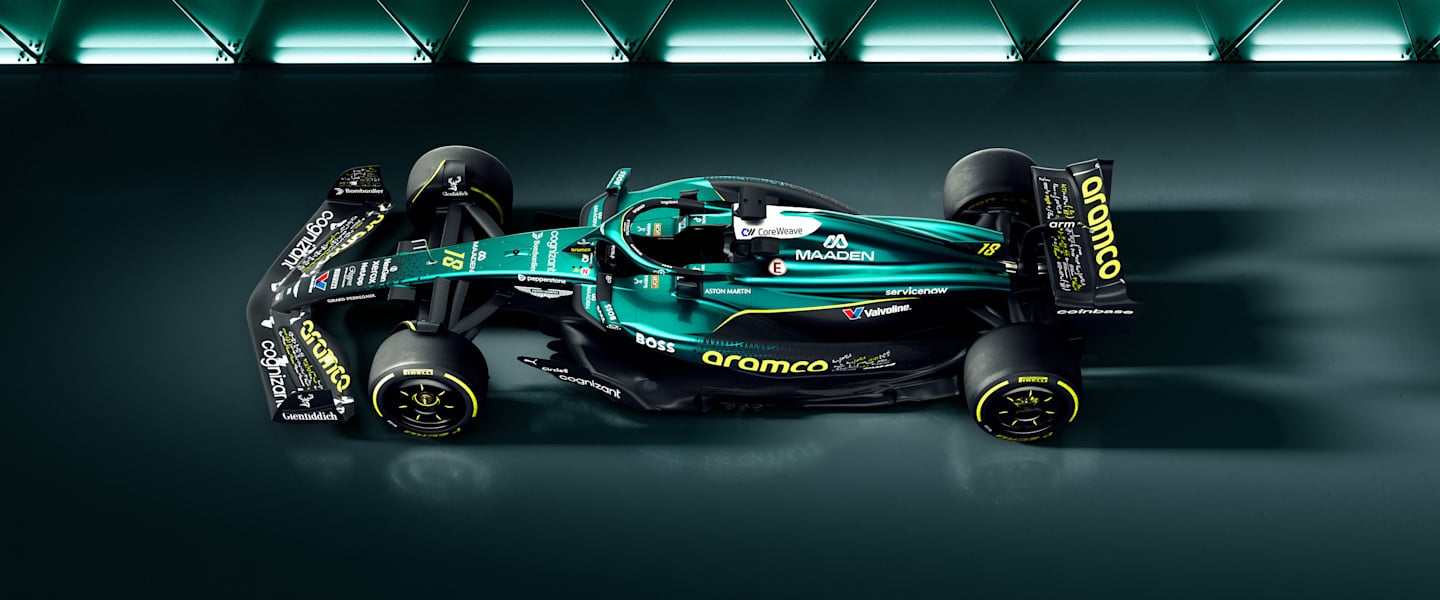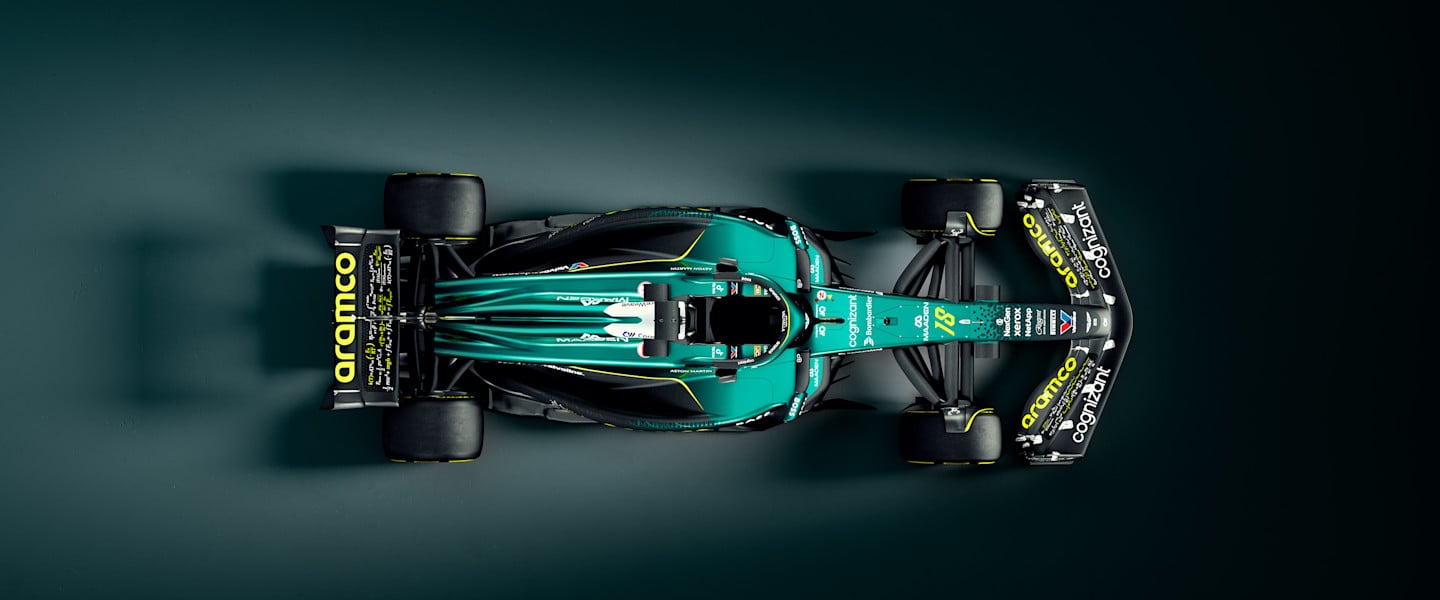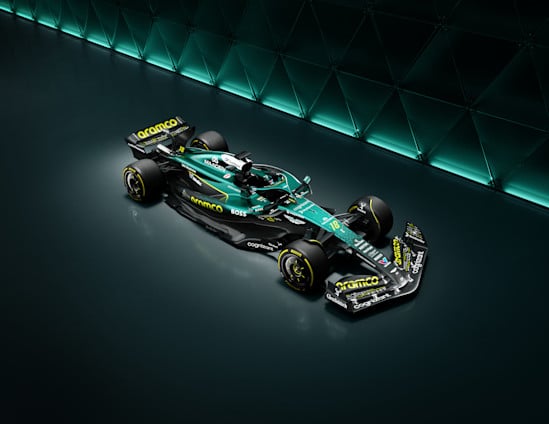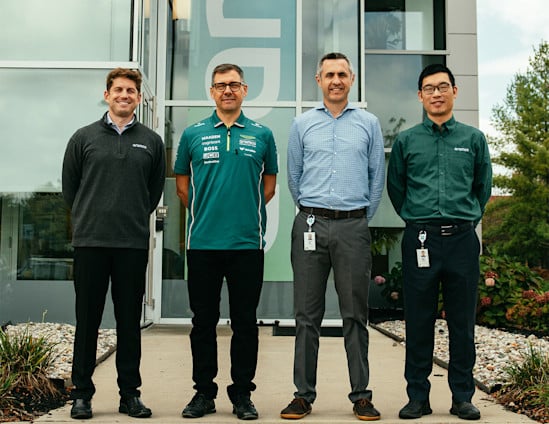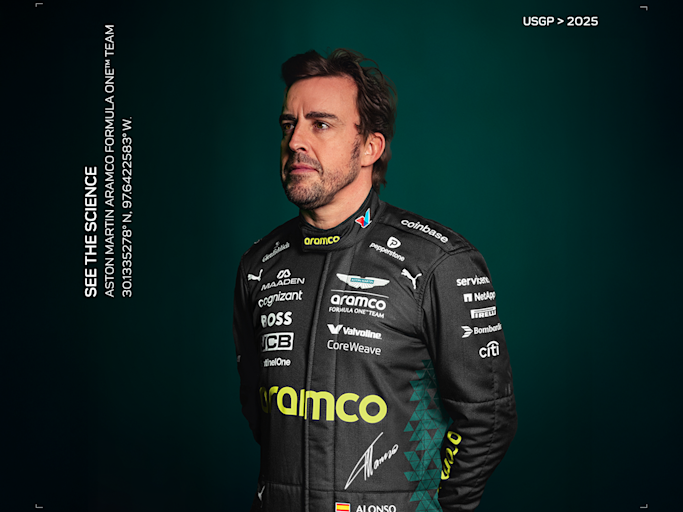Formula One has tried to bend air to its will for decades, mastering the control of downforce and drag in the pursuit of ultimate performance.
Every curve of carbon is designed to manipulate two invisible forces:
Downforce – The invisible hand that pushes a car into the track. It is created by
pressure differences, governed by Bernoulli's principle:
1. When air is forced to speed up (under the lower surface of a wing or through a narrow underfloor channel), its static pressure drops.
2. The faster-moving air beneath the wing has lower pressure.
3. The slower-moving air above the wing has higher pressure.
4. The result is a net force pulling the wing – and therefore the car – downwards.
Accelerated air rushing over the wings creates a pressure difference. High pressure above, low pressure below. The car is pressed into the track at up to 6.5 times the force of gravity. More grip. More control. More speed through the corner.
Drag – Air molecules crash against the surfaces of the car, creating resistance:
- Form drag (resistance due to shape).
- Skin friction (resistance along the surface).
- Induced drag (the cost of generating downforce).
The faster you go, the harder they push back. Rising with the square of speed, drag is the enemy of straight-line performance.
WHAT'S HAPPENING AT A MOLECULAR LEVEL?
Nitrogen and oxygen molecules, colliding billions of times a second, are bent and split by wings, diffusers, and Venturi tunnels.
Like water flowing around a rock in a river, air splits, curls, and rejoins. Where it speeds up, pressure drops – sucking the car downwards. Where it slows, pressure rises – building resistance.
IN 2026...
For the first time since DRS was introduced, drivers will actively shape the air around them with far greater power and precision.
Active aerodynamics will introduce front and rear wing surfaces that reconfigure in real-time, transforming their profile at the flick of a switch from the driver: slicing drag on the straights; summoning immense downforce in the corners.
Two new aero states will shape how F1 goes racing in 2026.
One flattens the front and rear wings, shedding resistance and bleeding drag to maximise straight-line speed.
The other raises the wings' angle of attack in an instant, helping to push the car into the asphalt with more than six times the force of gravity.
STRIKING A BALANCE
Stability is key. Altering aerodynamic surfaces changes not just downforce and drag, but the centre of pressure – the aerodynamic balance point of the car. Shift too suddenly, and the car snaps out of control.
The switch between aerodynamic states triggered by the driver needs to happen in a fraction of a second, synchronising front and rear wing movement to maintain the perfect balance.
Powered by lightweight actuators controlled by electro-hydraulic valves and governed by complex algorithms that monitor speed, throttle, steering angle, and yaw in real time, active elements must move in milliseconds.
In 2026, F1 cars are going to be made faster still by air itself.

